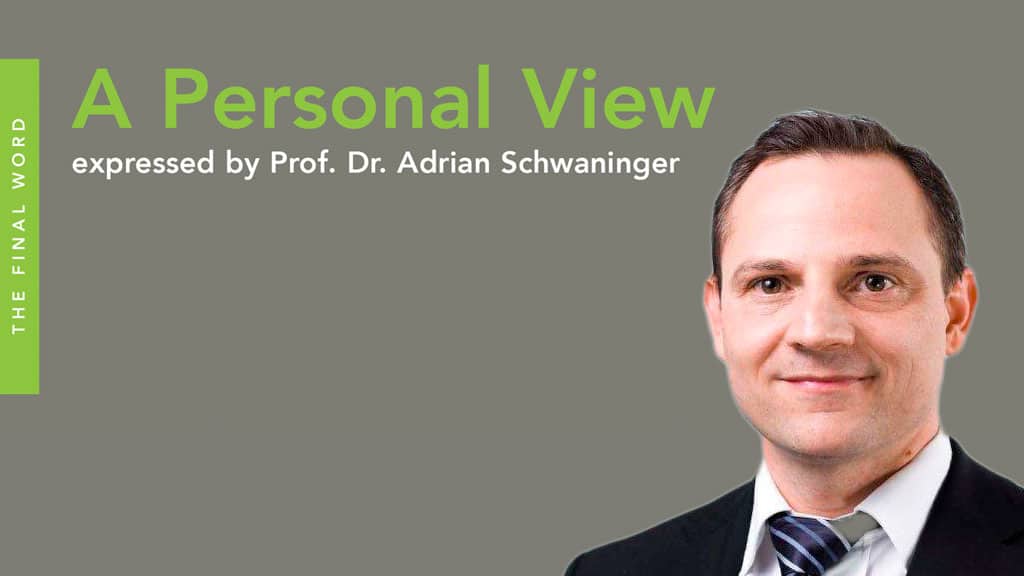Performance of security screening at airports depends on humans, machines and their interaction. Applied research is important for a better understanding of how to strengthen security effectiveness and increase the efficiency of security screening processes. To illustrate this point, I use two examples from own work: completed research on the transition from 2D to 3D imaging for hold baggage screening and current research on the EU regulation restricting continuously reviewing X-ray images to 20 minutes.
European regulation mandates that hold baggage screening systems must achieve the European Civil Aviation Conference Standard 3 in the near future. This higher detection standard can only be achieved by computer tomography 3D imaging systems. However, their image quality is lower than that of older 2D multi-view imaging systems that are still being used at many airports. Some countries are concerned about the lower image quality of 3D systems and that screeners will need extensive and specific training before they can be allowed to work with 3D imaging. Moreover, screeners might need more time to analyse 3D images, which could impair overall baggage throughput.
To examine these concerns, we conducted a study with 2D and 3D screeners who were tested with 2D and 3D imaging. Differences in image quality were assessed with the standard procedure for 2D imaging. In a study that was recently published in Human Factors, we reported the results (https://doi.org/10.1177/0018720818799215). We found that despite lower image quality, screeners’ detection performance with 3D imaging was not lower than when using 2D imaging. Apparently, features of 3D imaging systems (3D image rotation and slicing) compensate for lower image quality. Thus, current image quality standards for 2D imaging need revision before they can be applied to 3D imaging. Moreover, we found that 2D screeners could transfer their 2D knowledge quickly to working with 3D imaging. After only one practice session with a 3D training simulator, they could achieve similar detection performance with 3D imaging compared to when using 2D imaging. Interestingly, 3D screeners achieved better performance with both types of imaging compared to 2D screeners. A plausible explanation is that experience and training with 3D imaging results in richer visual representations and, therefore, better detection performance. Unsurprisingly, both screener groups needed more time to analyse 3D images because rotating and slicing 3D images takes time. However, baggage throughput was still higher with 3D imaging because those systems have lower alarm rates, resulting in fewer images having to be analysed by the screeners. In summary, 3D screening is more effective (it enables better detection of explosives) and more efficient (due to higher baggage throughput). A wide-scale implementation of 3D imaging systems for hold baggage screening is therefore recommended also from a scientific point of view.
The second research example addresses the current European regulation that defines a maximum of 20 minutes of continuously reviewing X-ray images of passenger bags. At airport security checkpoints, after 20 minutes of screening passengers’ carry-on baggage, screeners usually rotate to another position where they carry out other tasks such as assisting passengers with divesting, secondary bag search, and alarm resolution of the walk-through metal detector or person scanner. Remote Cabin Baggage Screening (RCBS), which is being employed increasingly by airports, comes with operational challenges in light of the 20-minute rule. With RCBS, screeners can work in a quiet office-like environment separated from the noisy checkpoints. RCBS also allows for a higher utilisation of X-ray machines. However, relocating image inspection away from the checkpoint into a remote room makes rotating between X-ray image inspection and other tasks at the checkpoint more difficult to coordinate and more costly. Therefore, screening durations longer than 20 minutes would be beneficial.
To investigate this matter, we conducted a study using a simulated X-ray baggage screening task and divided screeners into two groups: one group took 10 minutes breaks every 20 minutes and the other group continuously reviewed X-ray images for one hour without breaks. We found that continuously reviewing X-ray images for 60 minutes without breaks did not decrease performance. Both screener groups were able to maintain their visual inspection performance over the course of one hour. There was no difference in performance between the group with breaks and the group without breaks. The results of the study have been presented recently at an IEEE conference (a preprint is available at https://doi.org/10.13140/RG.2.2.15053.38885/1). In our current research, we are investigating prolonged screening durations in the field using threat image projection data. By the end of next year, we should have more results and we will be happy to share them with regulators and the airport security industry to discuss whether more flexible work-break schedules should be considered for X-ray screening.
Although these are only two examples, I hope that I have illustrated why research on human factors and human-machine interaction is important for a better understanding of how to strengthen security effectiveness and increase the efficiency of security screening processes.

Prof. Dr. Adrian Schwaninger is the Head of the Institute Humans in Complex Systems at the School of Applied Psychology of the University of Applied Sciences and Arts Northwestern Switzerland. He is also the Chairman of the Center for Adaptive Security Research and Applications (CASRA) in Zurich, Switzerland.
